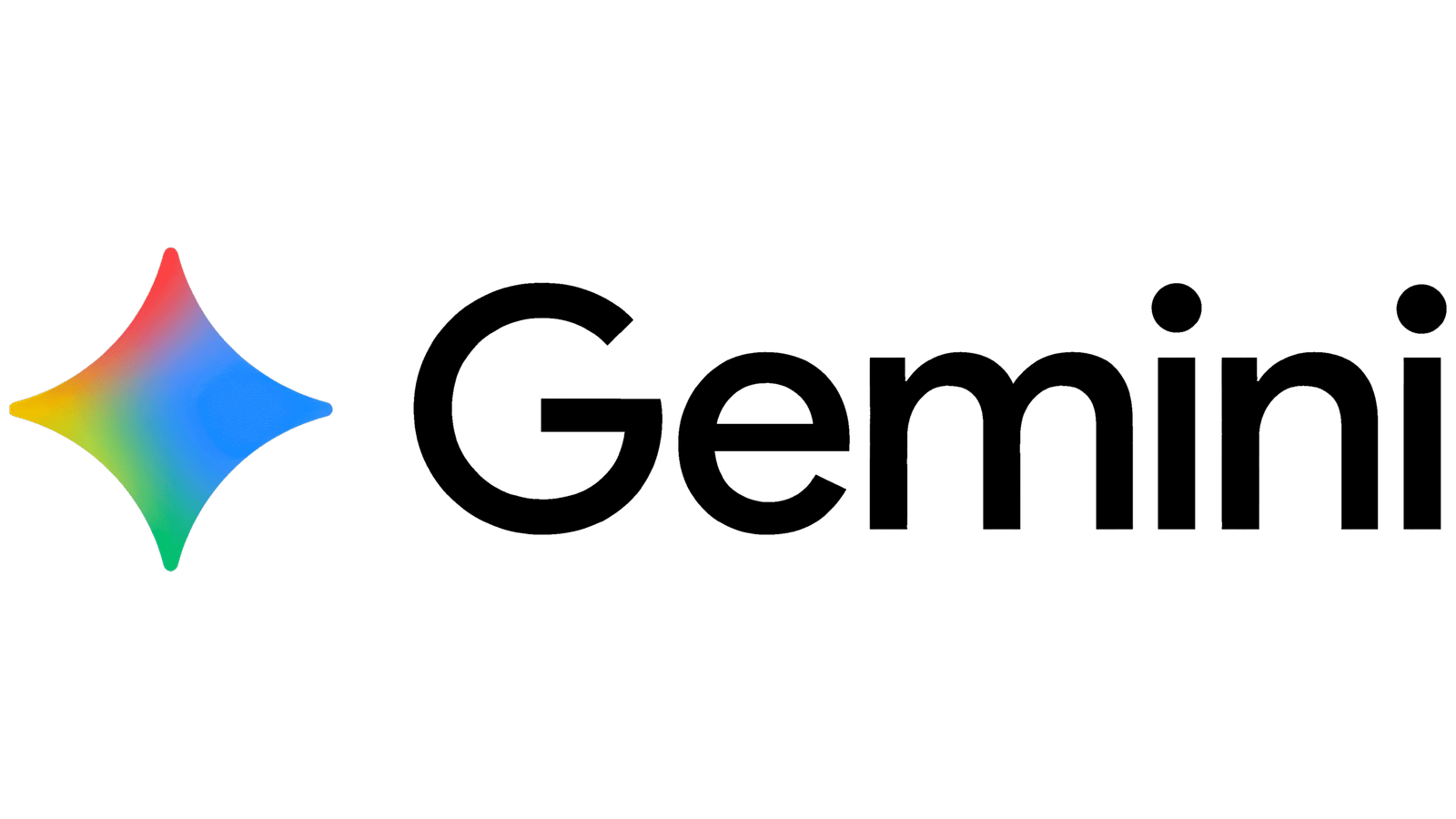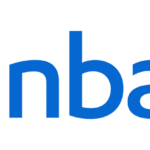The opposite day, I went to purchase my first massive Christmas present of the yr, and there it was, on the checkout web page: Would I like to separate this buy up into 4 simple interest-free funds?
Parting with a smaller sum of money to get one thing you need sooner is a compelling supply. So compelling that half of all buyers in the US plan to make use of so-called “purchase now, pay later,” or BNPL, providers for vacation buying this yr, in accordance with a PayPal survey. The identical survey confirmed that one in 4 millennials and Gen Z-ers use fee choices like Affirm and Klarna frequently. These are the identical younger people who find themselves having a tough time discovering a job, struggling to pay overdue scholar mortgage payments, and coping with rising meals costs. That may be why it felt so darkish when DoorDash introduced a partnership with Klarna earlier this yr, ushering in an period the place individuals are taking out loans to pay for his or her takeout.
As affordability turns into the dominant difficulty in American politics, the vacation buying season feels totally different this yr. All the pieces is costlier, certain. However with BNPL choices being provided by everybody from fintech startups to main banks, it’s additionally simpler than ever to finance purchases you couldn’t in any other case afford. In the meantime, the Trump administration has taken among the guardrails off this shadowy lending business, leaving customers extra susceptible to surprising charges and limitless debt. Some are even warning that the precarious state of affairs is beginning to look lots just like the early days of the subprime mortgage disaster that led to the Nice Recession.
“BNPL lenders should not at present required to […] decide whether or not customers can afford their BNPL loans,” mentioned Nadine Chabrier, senior coverage and litigation counsel on the Middle for Accountable Lending. “There are at present no checks and balances on debtors taking out a number of BNPL loans on the similar time, which can result in overextension.”
When you’ve seen The Large Quick or just adopted alongside as historical past unfolded, this sounds fairly regarding. Earlier than I get too carried away with warning of an imminent financial disaster, nonetheless, let’s assessment how these little loans work.
Purchase now, pay later, harm eternally
Within the business’s early days, you had been largely prone to come throughout a BNPL possibility on the checkout web page of an e-commerce web site, most likely one promoting luxurious items. The choice to pay in installments, usually with zero curiosity, made it simpler for customers to tug the set off on high-dollar gadgets, so shops had been fast to undertake the function. The lenders would make their cash by taking a small minimize of the acquisition value, and they might additionally cost the buyer charges for late funds.
Enterprise-backed fintech startups led the cost. Affirm, based in 2012, helped take BNPL mainstream and Klarna joined the market in 2015. The pandemic supercharged the business, and the greenback quantity borrowed skyrocketed from $16.8 million in 2019 to $180 million in 2022, in accordance with a Client Monetary Safety Bureau (CFPB) report launched that yr. The typical mortgage on the time was $135.
One massive downside, as Chabrier identified, is that BNPL lenders usually don’t must examine to see in case you can afford to take out a mortgage, and it’s potential to take out a number of directly, a follow referred to as “mortgage stacking.” These elements may clarify why late funds are so widespread. Greater than 40 p.c of BNPL customers say they made a late fee within the final yr, up from 34 p.c final yr, in accordance with a Lending Tree survey. In the meantime, greater than 20 p.c say they’ve had three or extra loans going directly, and 1 / 4 of individuals surveyed mentioned they’ve taken out a BNPL mortgage to purchase groceries.
It is a good time to spotlight the truth that not all of those loans are interest-free. Each Affirm and Klarna say their rates of interest can go as excessive as 36 p.c (Klarna’s truly tops out at 35.99 p.c, however it’s truthful to spherical up). That’s nonetheless a lot decrease than payday loans, which may get as excessive as 600 p.c, however it’s lots larger than zero.
Now again to the looming monetary disaster. Till very just lately, most BNPL loans weren’t reported to credit score companies, which meant there was little or no visibility into who was borrowing and at what charges. In the course of the Biden administration, the CFPB tried to control the business by issuing a rule that will deal with BNPL lenders like bank card corporations, however the Trump administration rescinded that rule earlier this yr. Across the similar time, the corporate that makes the FICO rating, a measure of how possible somebody is to pay again a mortgage, mentioned that it might introduce a brand new kind of rating that took BNPL debt under consideration. These scores can at present solely be seen by lenders, nonetheless, not customers.
The BNPL business stays largely unregulated at a nationwide degree. All that client debt, in the meantime, is turning into a monetary product of its personal. Elliott Funding Administration simply made a deal to purchase $6.5 billion value of debt from Klarna, because the fintech firm expands its enterprise into bigger, longer-term loans for customers. Affirm had bought almost $12 billion value of securitized debt as of June.
In a latest TechCrunch piece, Connie Loizos defined what BNPL corporations are doing in bleak phrases: “Slice up dangerous client debt, promote it to traders who consider they perceive the chance profile, and create layers of economic engineering that obscure the place the precise publicity lies.”
Once more, it sounds lots just like the subprime mortgage disaster. It’s unclear if we must be utilizing such massive phrases for what’s occurring at this second, although.
“It could be untimely to say there's a disaster,” Chabrier instructed me. “Whereas it’s potential, we have no idea sufficient in regards to the scope of BNPL borrowing to say such a factor.”
What we will say, on a person degree, is that BNPL is getting extra harmful. The business “has constructed a delirious new tradition of consumption — and trapped customers in a vortex of debt,” in accordance with a New York Instances Journal function on individuals who simply began buying, missed the positive print, and obtained in actual bother.
As this vacation buying season kicks off, learn the positive print. Or higher but, don’t purchase now or pay later. The US economic system could thanks for it.
A model of this story was additionally revealed within the Consumer Pleasant publication. Enroll right here so that you don’t miss the following one!




